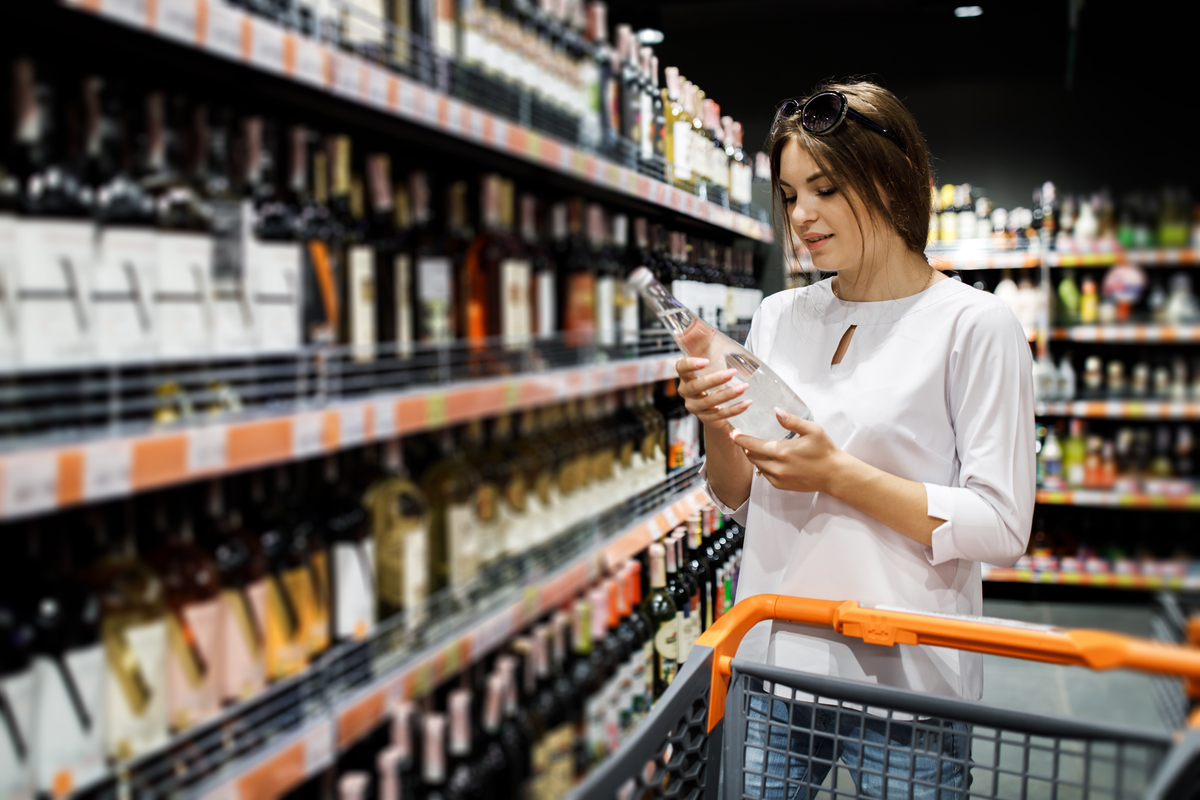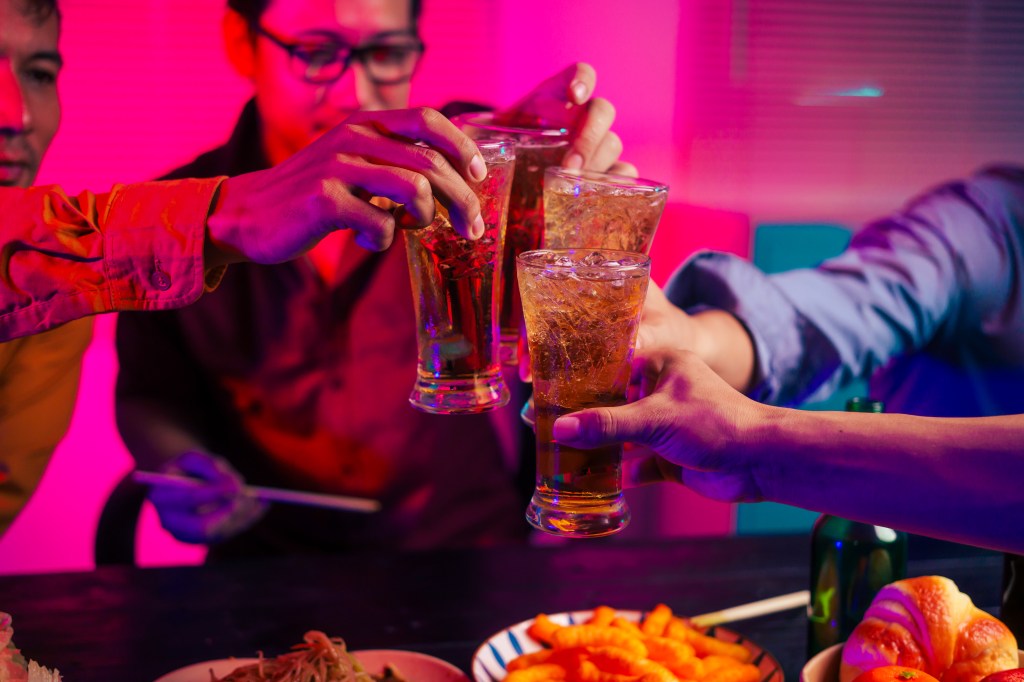What is Dry January?
Dry January, sometimes called Dryuary or Drynuary, is a growing health and wellness trend where people voluntarily abstain from alcohol for the month. The idea originated in the UK in 2012 as a public health campaign from a charity called Alcohol Change UK aimed at lowering the impact of alcohol on people’s weight and overall health. Today, millions across the world participate in the campaign and it has become one of the important factors that influence the demand of consumer goods.
What Does Dry January Mean for Retailers?
Though Dry January is still relatively niche, the impact it has on retailers and CPG brands increases each year. In 2019, a Nielsen survey found that 20% of American adults claimed they took part that year. However, retail data showed only the usual seasonal drop in alcohol purchases and consumption that occurs after the holiday season.
Why the disconnect? Well, many of the self-reporting survey takers would not have been making large alcohol purchases anyway or they had been adhering to Dry January for a number of years. This means they had a minimal impact on sales. However, the trend does show signs of growth due to the rise of the modern wellness consumer and the ongoing COVID-19 pandemic, so retailers and CPG manufacturers still need to react now so they don’t suffer later.
How Beverage Brands Can Use Dry January
Dry January may seem like a damaging force for beverage brands, but like other grocery beverage emerging trends, there are many ways you can use it to maintain or increase sales. The most important thing is understanding how much of your target market adheres to the trend and the reasons they have for doing so.
Here are a few ways you can use the Dry January trend to your advantage:
Invest In Non-alcoholic and Low-alcohol Beer
The most obvious course of action for alcoholic beverage brands to take advantage of the Dry January trend is to invest in their own non-alcoholic and low-alcohol beers or spirits. Many larger names like Heineken, Coors, and Budweiser all have brought low or non-alcoholic options to the market in recent years. This has allowed them to take advantage of the trend without having to sacrifice their already existing brand and market share. Even better, these options allow them to tap into the burgeoning health and wellness market year-round.
Use Marketing to Your Advantage
If you don’t have a non-alcoholic beverage to push, you can still use CPG marketing tools to your benefit. Many brands that only offer alcoholic drinks try to make light of the trend or target only those that don’t partake. The key is to avoid being overly critical of the trend or demeaning those that adhere to it. Unfortunately, binge drinking became more common than ever during the pandemic, so it’s important to understand why the trend has become more popular and why many people are starting to follow it.
Try Out New Promotions
Another option for alcoholic beverage brands to overcome the dip in sales that occurs during Dry January is to use if for special promotion timing. These can be percentage sales, like a 22% off in celebration of 2022, or something like a buy two get one sale. Try to pick a theme and keep things light in your offerings. You also really need to understand how to measure trade promotion effectiveness so you don’t waste your time and money on ineffective campaigns. You can also use retail data to target your promotions only in the best markets and at the optimum time.
Regular Beverage Brands Can Make Gains
On the other end of the spectrum are beverage brands that aren’t involved in alcohol at all. They are the businesses in the best position to leverage Dry January into increased sales and revenue. Since there’s such a large population intentionally eschewing alcohol, you can target this new market in your promotions and marketing materials. Focus on acknowledging the month and emphasizing how your beverages are the best choice for the consumers. Seltzer water, soft drinks, and other beverages all see moderate gains during January as the alcoholic beverages take the dip. Other parts of the CPG health and wellness business landscape also see strong gains during this month, so it’s worth delving into your seasonal trends to get a better understanding.

Beverage Brands Will Always Survive
With each new year comes new consumer trends. CPG beverage and alcohol brands have to keep up. That’s why it’s vital to understand how CPG data can help your business grow and dedicate a budget to investing in reports and a good platform. Fortunately, with Byzzer’s reporting solutions, you can have all the data you need at your fingertips.
Depending on your product line, you need to know how much to adapt to consumer needs. Byzzer provides breakdowns of all these attributes in easy-to-digest reports. We can even help with education around CPG data and analytics.

